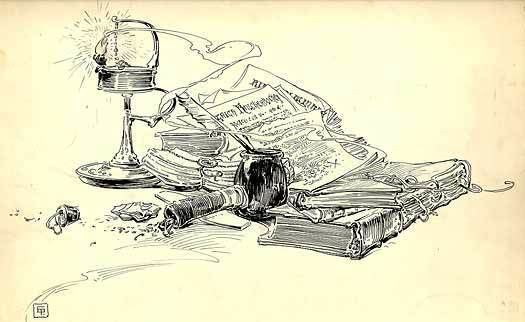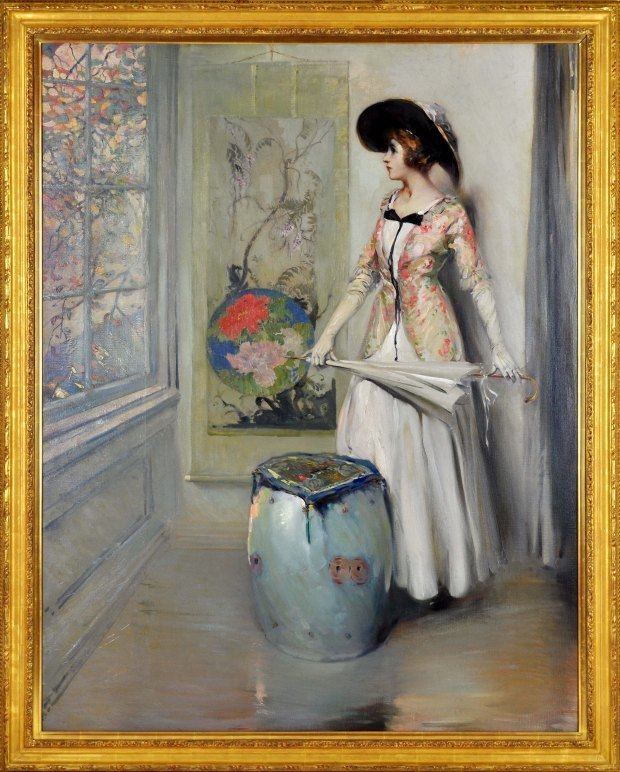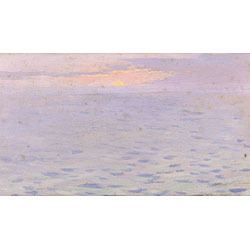Nationality American | Name Eric Pape | |
 | ||
Full Name Frederic L. Pape Known for Painting, illustration, sculpture Died November 7, 1938, New York City, New York, United States | ||
Lolly raping Eric pape
Frederic L. Pape (October 17, 1870 – November 7, 1938), known as Eric Pape, was an American painter, engraver, sculptor, and illustrator.
Contents
- Lolly raping Eric pape
- Eric pape gets donation doxxed by Lolly
- Early life
- Career
- Professional and social organizations
- Death and legacy
- Selected works
- References

Eric pape gets donation doxxed by Lolly
Early life

Pape was born in San Francisco, California, on October 17, 1870 to Friederich Ludwig and Maria (Meier) Pape.
Career

In his teens, Pape studied at the San Francisco School of Design under Emil Carlsen. He left the U.S. for Paris, France in 1888 where he studied at the Ecole des Beaux Arts under Jean-Léon Gérôme and received private lessons with both Jules Joseph Lefebvre and Benjamin Constant at their private studios.
Pape traveled extensively while in Europe. In 1889, he lived for a year in northern Germany among peasants and created his first large Salon painting, "The Young Spinner of Zeven", which was exhibited the following year at the Société Nationale des Beaux-Arts. "The Young Spinner of Zeven" was later awarded a medal at the California Midwinter International Exposition of 1894.
Pape enjoyed a rapid rise to fame. In 1890 he traveled to Egypt where he lived and worked for two years. For nine months he lived beside the Great Pyramids and Sphinx, extensively studying and drawing the ancient monuments. Pape also traveled the Nile River and trekked into the Sahara Desert while living in Egypt. His works were exhibited in Paris, at the Exposition du Caire in Egypt, and the World's Columbian Exposition in Chicago 1893 ("The Site of Ancient Memphis" and "The Great Sphinx by Moonlight").
Pape returned to the United States in 1894 and married Alice Monroe in Boston, Massachusetts, on August 16; they had one son, Moritz Pape. After Alice's death, he married Alice Byrne.
Pape taught for one year at the Cowles Art School in Boston. In 1898, he established the Eric Pape School of Art in Boston. Among its many students were N. C. Wyeth. His works continued to be exhibited internationally and he was afforded the privilege of one-man shows at the Detroit Museum of Art, the Cincinnati Museum of Art, and the Saint Louis Museum of Art.
In 1901, Pape was invited to exhibit 97 of his paintings in the Palace of American Archaeology and Ethnology at the Pan-American Exposition in Buffalo; he won a medal for the collection. Continuing to rise in fame and popularity, Pape's works were also exhibited at the Society of American Artists, the Pennsylvania Academy of the Fine Arts, the Art Institute of Chicago, and the National Academy of Design.
Although highly prolific in fine arts, Pape also became successful illustrator. He regularly illustrated articles for magazines, such as Scribner's Magazine, Cosmopolitan, and The Century Magazine. Pape also illustrated a large number of deluxe edition books, including a special two-volume edition of Lew Wallace's The Fair God (1898) which included 272 illustrations. Pape traveled to Mexico for the book's illustrations.
Additionally, Pape worked as a stage designer for theatrical productions, most notably for Percy Mackaye's "Canterbury Pilgrims" which was performed in honor of President William H. Taft at Gloucester, Massachusetts in 1909. In 1898, Pape designed the sets for one of the earliest productions of "Trilby".
In 1906 Pape designed and released a petition from Massachusetts to the U.S. Congress to preserve the USS Constitution. This illuminated scroll is now on display in the National Museum of the United States Navy in Washington, D.C.. The following year Pape designed a bronze memorial to commemorate the founding of Massachusetts Bay Colony, which was dedicated in 1907 at Gloucester, Massachusetts.
Professional and social organizations
Pape was a member of the United Arts Club of London and a Fellow of the Royal Society of Arts. He was also a member of "The Players" organization, having been recommended for membership by Mark Twain.
Death and legacy
Pape's obituary in The New York Times states that he was walking on Eighth Avenue near Fortieth Street in New York City, when he collapsed from a heart attack on Friday, November 4, 1938. He was taken to City Hospital on Welfare Island where he remained unconscious until dying on November 7, 1938.
